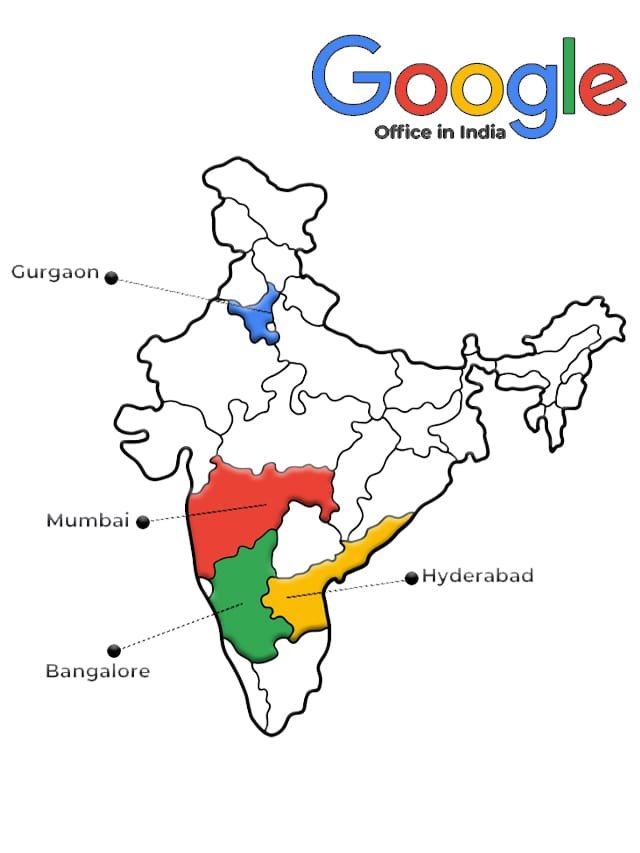Have you ever wondered how you could shape the future of AI by bridging the gap between human language and machine understanding? If so, a career as a prompt engineer might be perfect for you. In this comprehensive guide, we will explore what it takes to become a prompt engineer in 2024. We’ll delve into the skills required, the roadmap to becoming proficient, and the potential career opportunities in this rapidly growing field.
What is a Prompt Engineer?
Prompt engineers act as a bridge between humans and AI, translating complex ideas into clear and concise instructions that Large Language Models (LLMs) can understand. They play a crucial role in shaping the outputs of LLMs, ensuring they generate relevant, informative, and creative content. Their work involves:
- Understanding LLMs: Knowing how LLMs work and their capabilities.
- Crafting Prompts: Creating clear and concise instructions for LLMs to follow.
- Testing and Refining: Evaluating the outputs and making adjustments to the prompts.
Types of Prompting
When using ChatGPT or similar language models, there are several types of prompts you can use to guide your model’s answers. Here are some common techniques:
- Teaching Instructions:
- Example: “Please provide a detailed description of the process involved in solving this math problem.”
- Socratic Inspiration:
- Example: “What are the advantages and disadvantages of using renewable energy sources?”
- Priming Prompts:
- Example: “Here are some of the answers I am looking for: ‘Great!’ or ‘I totally agree with you.'”
- Mixed Prompts:
- Example: “From our previous conversation (Context Prompt), please explain the advantages and disadvantages of using renewable energy sources (Teaching Prompt), and consider giving examples to support your point (Socratic Prompt).”
- Example-Based Prompts:
- Example: “Here is an example of the type of answer I am looking for: When asked about your favorite book, talk about ‘To Kill a Mockingbird’ and explain why it resonated with you.”
Roadmap to Becoming a Prompt Engineer
1. Understand the Basics of NLP
Natural Language Processing (NLP) is a subfield of AI that focuses on the interaction between computers and human language. To become a prompt engineer, you should:
- Learn basic concepts: Tokenization, part-of-speech tagging, named entity recognition, and syntax parsing.
- Understand NLP techniques: These help machines understand and process human language, paving the way for conversational AI systems like ChatGPT.
2. Learn Python Programming
Python is the programming language of choice for NLP and AI applications. Start by learning the basics, including:
- Variables, data types, control flow, and functions.
- Advanced topics: Managing files, modules, and packages.
- Python libraries: TensorFlow and PyTorch are crucial for working with ChatGPT.
3. Explore NLP Libraries and Frameworks
Dive into popular NLP libraries and frameworks such as:
- Natural Language Toolkit (NLTK): Comprehensive set of libraries and datasets for NLP tasks.
- spaCy: Efficient and fast NLP processing with trained models.
- Transformers by Hugging Face: Provides access to ChatGPT and other state-of-the-art transformer models.
4. Understand ChatGPT and the Transformer Model
To be proficient with ChatGPT, you need to understand the transformer model and its architecture:
- Mechanisms of self-attention.
- Encoder and decoder structures.
- Position encoding.
5. Experiment with Pre-trained Models
Start by experimenting with pre-trained ChatGPT models, such as GPT-2 or GPT-3. This hands-on experience will help you understand the capabilities and limitations of ChatGPT.
6. Fine-tune ChatGPT for Custom Applications
Fine-tuning allows pre-trained models like ChatGPT to be tailored to specific use cases. Learn how to:
- Customize ChatGPT using your dataset.
- Understand transfer learning techniques.
- Adjust hyperparameters for better performance.
7. Understand Ethical Considerations and Bias in AI
Be mindful of the ethical considerations and potential biases associated with AI models. Stay informed on best practices and guidelines for responsible AI development.
8. Stay Updated on the Latest Research Advancements
The fields of NLP and AI are rapidly evolving. Keep up with the latest developments by:
- Following reputable sources.
- Joining conferences and engaging with the NLP and AI community.
9. Collaborate and Participate in Open-Source Projects
Participating in open-source projects related to NLP and AI is a valuable way to develop your skills and contribute to the community.
10. Apply Your Skills to Real-World Projects
Look for opportunities to work on NLP and conversational AI applications. Creating a successful project portfolio will showcase your abilities to potential employers.
READ MORE : American Express Internship 2025: Freshers Welcome with 6.4 LPA Stipend
Salary and Current Demand for a Prompt Engineer
The demand for prompt engineers continues to rise. According to industry reports, the global software development market will reach $1.5 trillion by 2027. The average annual salary for a prompt engineer in the United States is approximately $98,000, with experienced professionals earning more than $120,000 per year.
Companies Hiring Prompt Engineers
Many companies are looking for prompt engineers to join their teams, including:
- Microsoft
- Amazon
- Meta
- Apple
- Adobe
- IBM
FAQs
Q: What skills are essential for becoming a prompt engineer? A: Key skills include understanding LLMs, crafting effective prompts, Python programming, and familiarity with NLP libraries and frameworks.
Q: What is the average salary for a prompt engineer? A: The average annual salary for a prompt engineer in the United States is approximately $98,000, with experienced professionals earning more than $120,000 per year.
Q: Which companies are hiring prompt engineers? A: Major companies like Google, Microsoft, Amazon, Meta, Apple, Adobe, and IBM are actively hiring prompt engineers.
READ MORE : Infobip Internship 2024 for Freshers | Stipend up to 6.4 LPA
Closing Note
Thank you for reading our comprehensive guide on how to become a prompt engineer in 2024. We hope you found this information valuable and insightful. To stay updated with the latest trends and opportunities in AI and NLP, join CourseBhai through social media, push notifications, and newsletters. Stay ahead in your career with CourseBhai!








